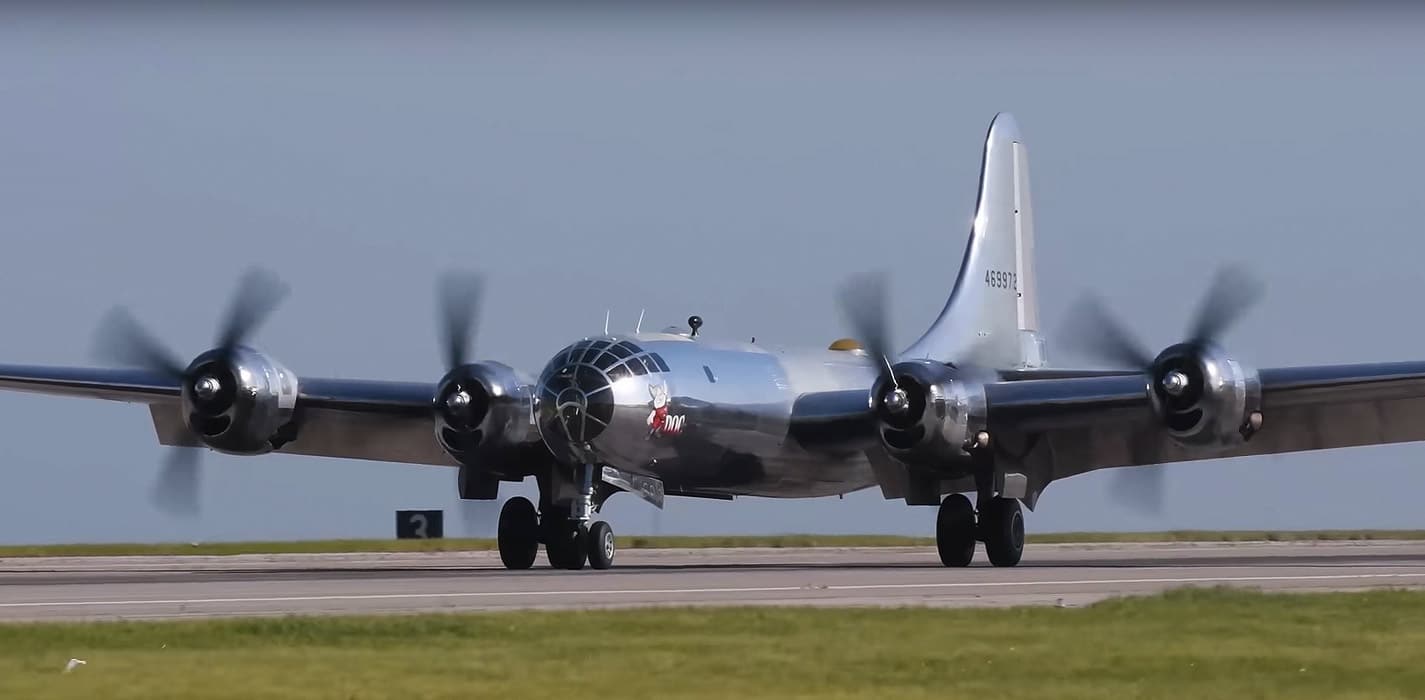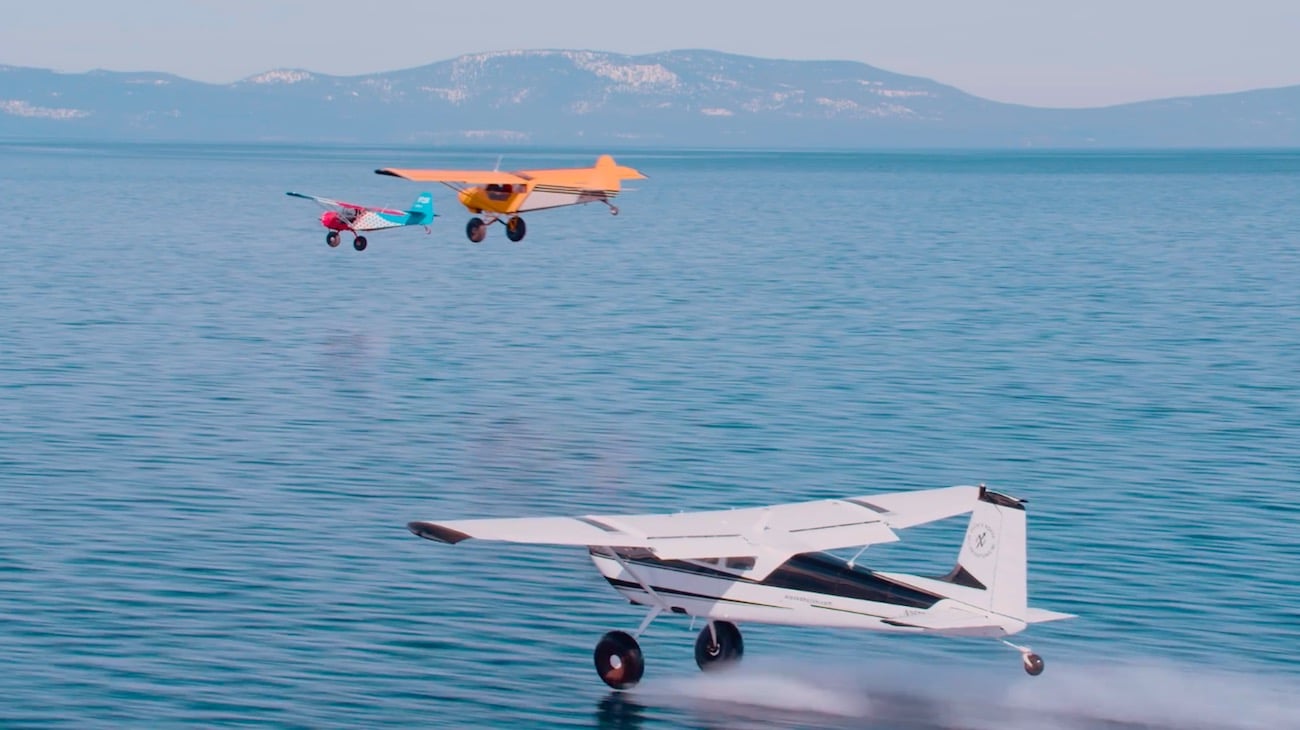The restored B-29 Doc took to the skies for the first time a little over three weeks ago, after an intensive 16 year restoration project. And now, after reviewing the data from the flight, Doc’s restoration crew is planning the next test flight.
“Over the past few weeks, we’ve been combing through all of the airplane’s systems and control surfaces checking to see how things behaved during first flight,” said the restoration project manager for Doc’s Friends, Jim Murphy. “We’ve also been reviewing gauge readings that were captured by video during flight and so far, everything has been rock-solid.”
The Engine Chip Detectors on B-29 Doc
According to Murphy, an engine light related to a chip detector that checks for the presences of metal debris in the engine did light up during the first test flight.
“The chip detector did its job, but it’s overly sensitive. The new radial engines on Doc take about 50 hours of flight to break in and during that time, you’re going to see tiny particles of metal…it’s just the way it is.” He added that the biggest metal particulate they found upon inspection was only about one-quarter the size of a pinhead.
The B-29 Doc has eight chip detectors, two for each engine. In addition, Murphy says that they’re working on upgrading the detectors with ones equipped with new technology that allow them to distinguish between tiny metal particulates and biggers metal pieces that could cause problems for the aircraft’s engines during flight.
According to Murphy, “The new detectors include sensing screens that operate a lot like bug zappers. They can sense a tiny particle and zap it before it becomes a problem. When that happens, the chip detector light comes on, and then goes right back out, indicating the system took care of the problem.” However, he added, the detectors are expensive, and they likely won’t be able to get them for a while.
The restoration crew is almost finished with the post-flight inspection of the first test flight, and Murphy says they found only a handful of minor issues, such as a slight hum in a headset, that won’t delay additional test flights. He says they’ll be working with the flight crew to schedule the second test flight in the coming weeks. Schedule and weather permitting, Murphy thinks Doc may take to the skies again before the end of August
Featured Image: Doc’s Friends















Leave a Reply